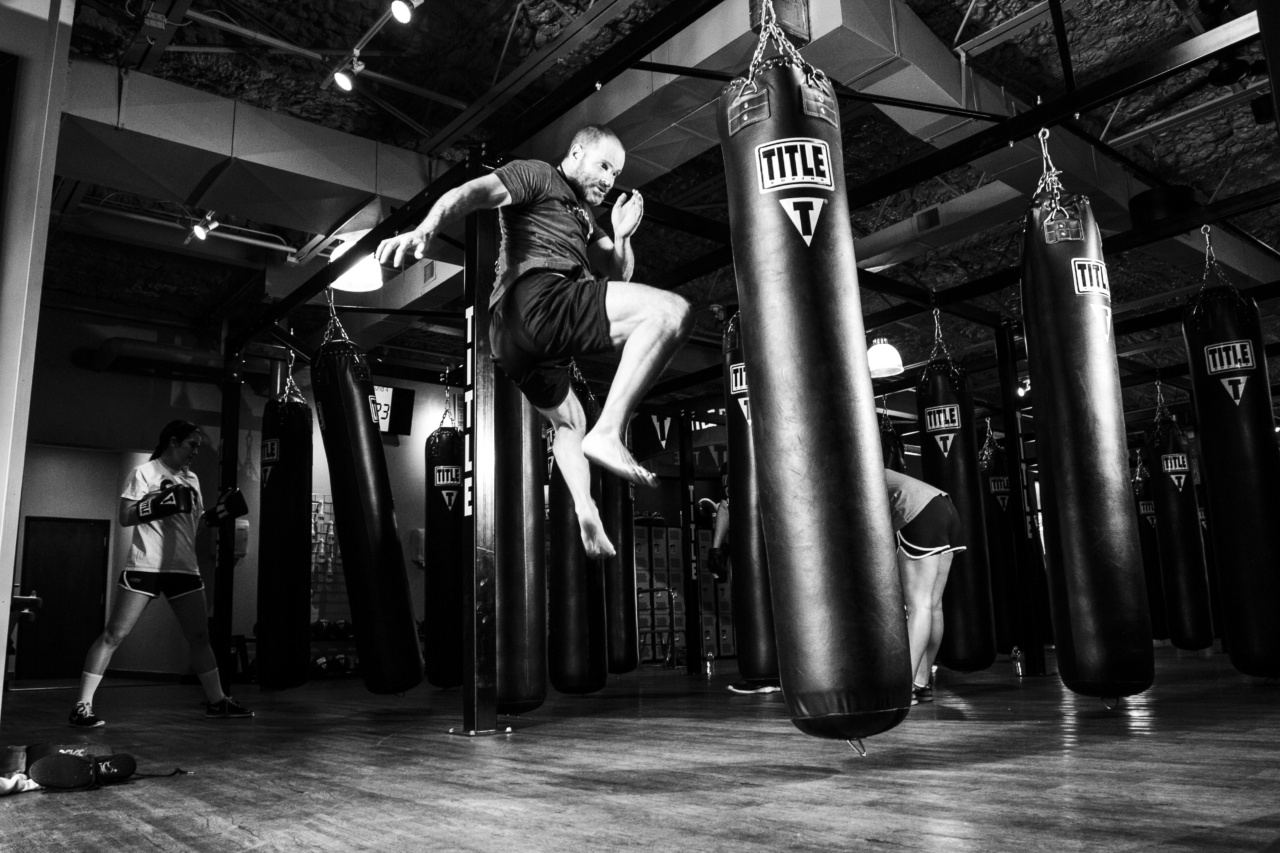A heart attack or stroke can be a life-changing event, requiring significant lifestyle changes to help prevent future cardiovascular events.
Exercise is an essential component of cardiac rehabilitation and secondary prevention for individuals who have suffered a heart attack or stroke. However, before you start exercising, it is crucial to consult with your healthcare provider to determine the best exercise program for you.
Here are some essential guidelines to consider when starting an exercise program after a heart attack or stroke.
1. Start Slow
It is advisable to start with low-intensity exercise and gradually increase your activity level. You can begin with short, low-intensity walks around your home, and gradually increase your distance and pace.
Even small amounts of physical activity can have significant benefits for your health. Aim to exercise for at least 30 minutes, five days a week. It is essential to listen to your body and avoid overexertion.
2. Incorporate Aerobic Exercise
Aerobic exercise is essential for improving cardiovascular function and reducing the risk of future cardiovascular events. Activities such as walking, cycling, swimming, and group fitness classes are great options for improving cardiovascular fitness.
Aim for moderate-intensity aerobic exercise, where you can still talk but feel slightly out of breath.
3. Include Strength Training
Strength training can help to increase muscle strength and improve overall physical function.
Resistance exercise can be beneficial for individuals with heart disease, as it can help to lower blood pressure, improve insulin resistance, and reduce the risk of future cardiovascular events. Start with light weights or bodyweight exercises and work with a trainer or fitness professional to design a safe and effective program.
4. Stretching and Flexibility
Stretching and flexibility exercises can improve range of motion, reduce stiffness and soreness, and improve balance and coordination. Yoga and Pilates are great options for gentle stretching and relaxation.
It is essential to warm up before stretching and avoid pushing beyond your limits, as this can increase the risk of injury.
5. Monitor Your Heart Rate and Blood Pressure
During and after exercise, it is essential to monitor your heart rate and blood pressure to ensure that you are within safe levels.
Your healthcare provider can help you determine your target heart rate and blood pressure ranges based on your individual medical history and current medications.
6. Stay Hydrated
Drink plenty of water before, during, and after exercise to stay hydrated. Dehydration can increase the risk of symptoms such as dizziness, fatigue, and cramping.
7. Recognize Warning Signs
Be aware of warning signs such as chest pain or discomfort, shortness of breath, dizziness, lightheadedness, or palpitations. If you experience any of these symptoms during exercise, stop immediately and seek medical attention.
It is better to be safe than sorry.
8. Seek Professional Guidance
Working with a healthcare provider, cardiac rehabilitation specialist, or certified fitness professional can help you design a safe and effective exercise program tailored to your individual needs and goals.
These professionals can provide support, guidance, and motivation throughout your recovery journey.
9. Be Consistent
Consistency is key to the success of any exercise program. Find a routine that works for you and stick with it. Don’t let setbacks or obstacles discourage you. Keep moving forward, one step at a time.
10. Celebrate Your Achievements
Finally, celebrate your achievements, no matter how small they may seem. Each time you exercise, you are taking a step towards better health and a brighter future. Be proud of yourself and your progress.






























